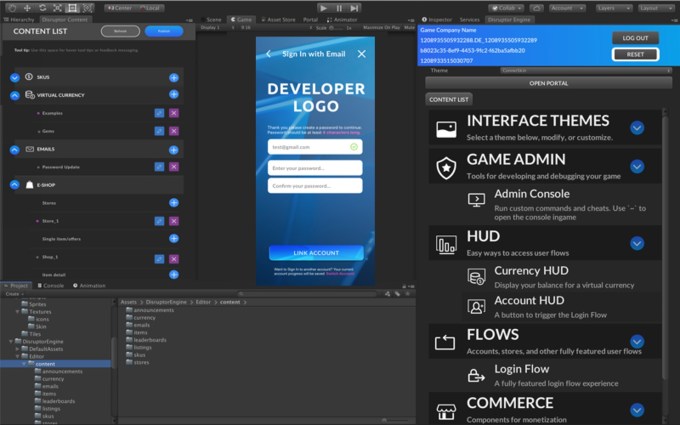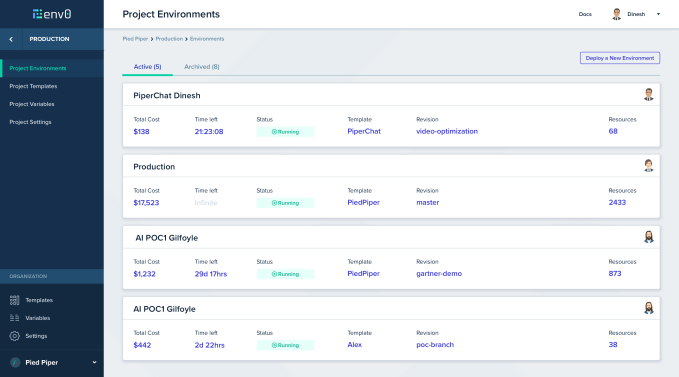Cruise, the subsidiary of GM that also has backing from SoftBank Vision Fund, automaker Honda and T. Rowe Price & Associates, is turning to a heavy hitter to head up its legal team.
The autonomous vehicle technology company has hired Jeff Bleich, board chairman of utility Pacific Gas & Electric, as its chief legal officer. Bleich has a lengthy resume that includes a position as special counsel to former President Barak Obama and as a U.S. ambassador to Australia.
But it’s his legal career that Cruise is tapping into. Bleich was a partner during two stints for a collective 19 years at Los Angeles-based law firm Munger, Tolles & Olson. After leaving Munger in 2015, Bleich became partner at Dentons and led the firm’s global consulting group. Bleich left Dentons in March 2019 and was named board chair of PG&E a month later. During his three-decade career, Bleich has become a specialist in complex litigation with a particular interest. in cybersecurity, intellectual property and international disputes. He has also been awarded California Lawyer Attorney of the Year among others honors.
“Cruise is leading the way to change lives in a shift that is as important as the move from horses to cars,” Bleich said in a statement. “I am honored and inspired to be joining a team that is unrivaled in their focus on safety, accountability, and trust. That perspective is critical to scaling this extraordinary technology to everyone, everywhere.”
The autonomous vehicle industry is at a crossroads of sorts. The flood of startups that popped up several years ago is starting to recede. A handful of well-capitalized and partnered players have emerged, a group that includes Argo.ai, Aurora, Cruise and Waymo. Cruise has raised upwards of $7.25 billion.
Money is just part of the challenge. Companies hoping to commercialize autonomous vehicles to shuttle people and packages face a maze of legal hurdles, including protecting trade secrets, determining product liability and even squaring off against local, state and federal governments.



 Best Podcasts of the Week: A weekly collection of the latest must-hear episodes. Picked fresh every Tuesday.
Best Podcasts of the Week: A weekly collection of the latest must-hear episodes. Picked fresh every Tuesday.


